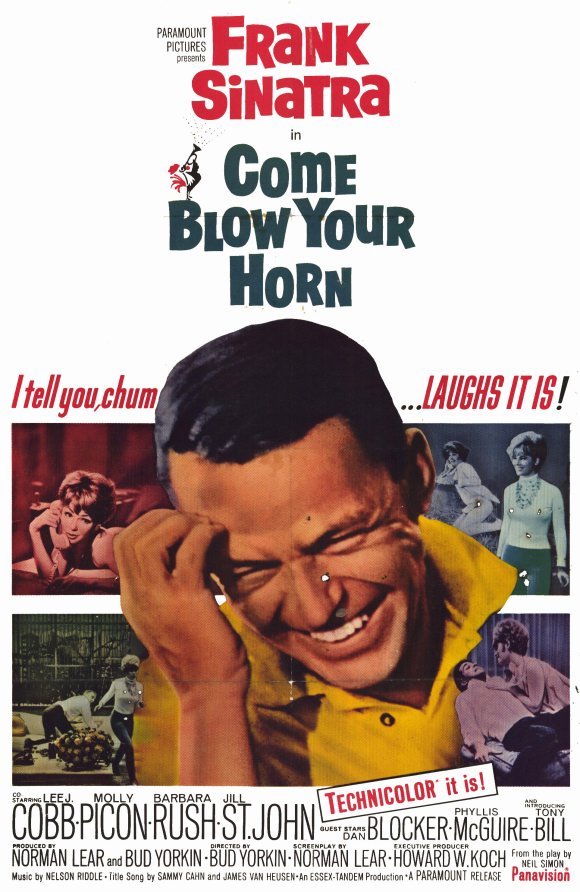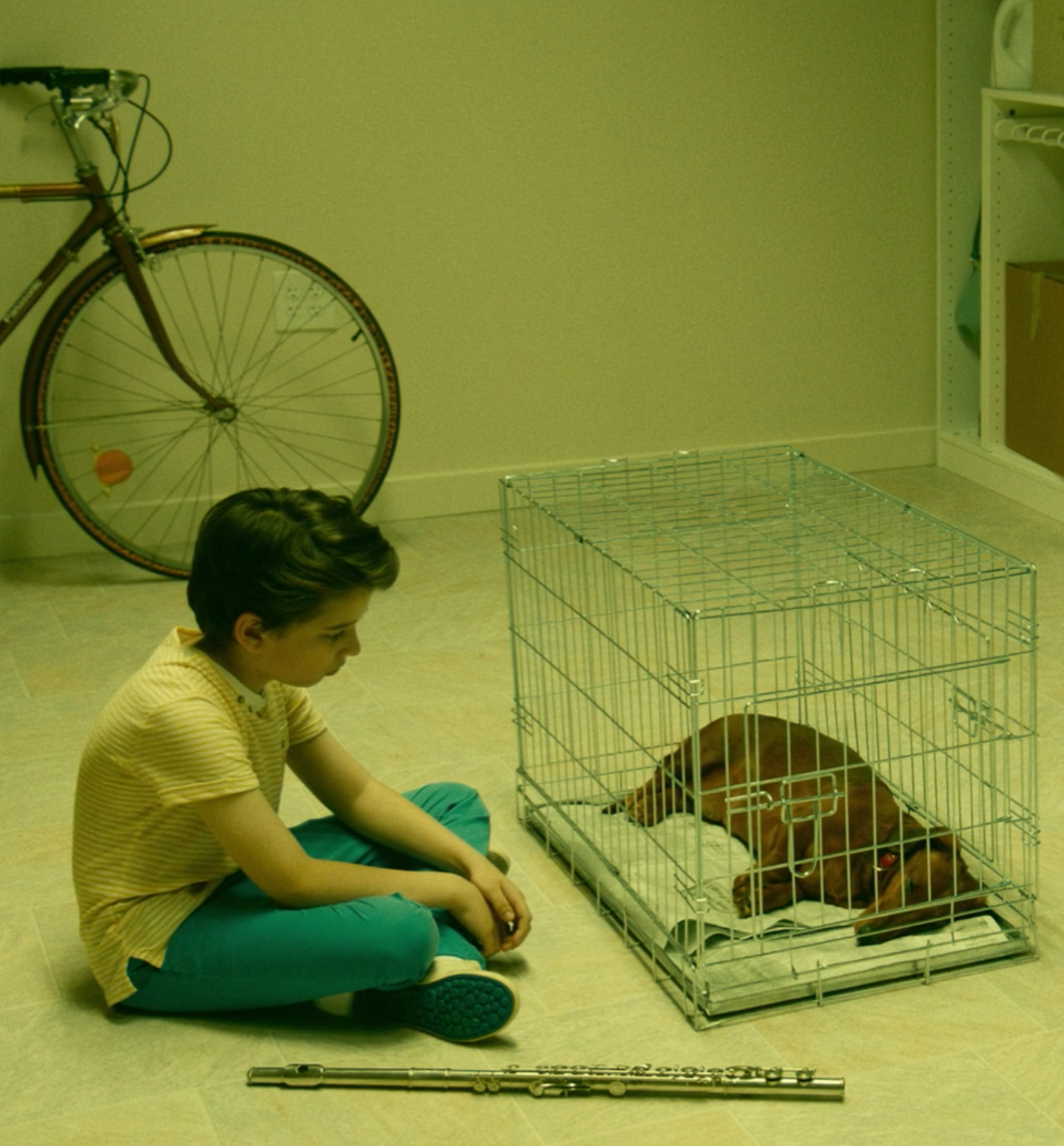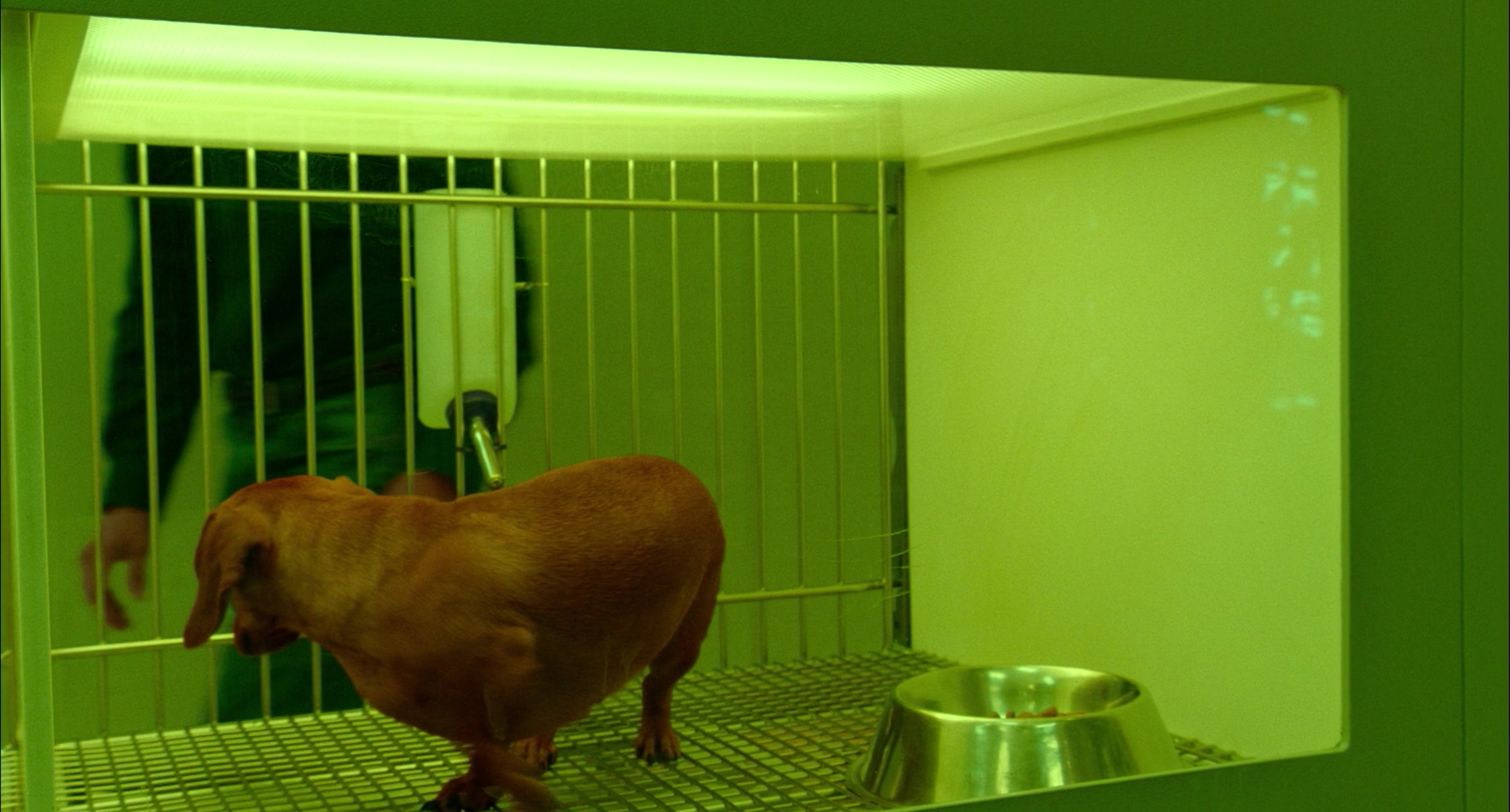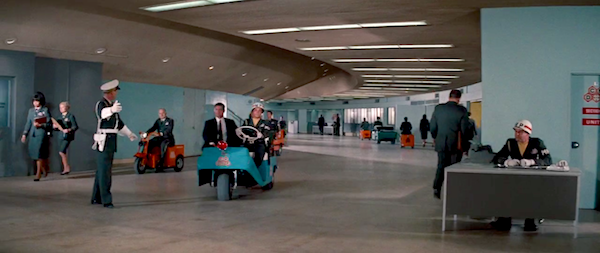5 Wishes for the Production Design Emmys
 Wednesday, September 7, 2016 at 9:30PM
Wednesday, September 7, 2016 at 9:30PM By Daniel Walber.
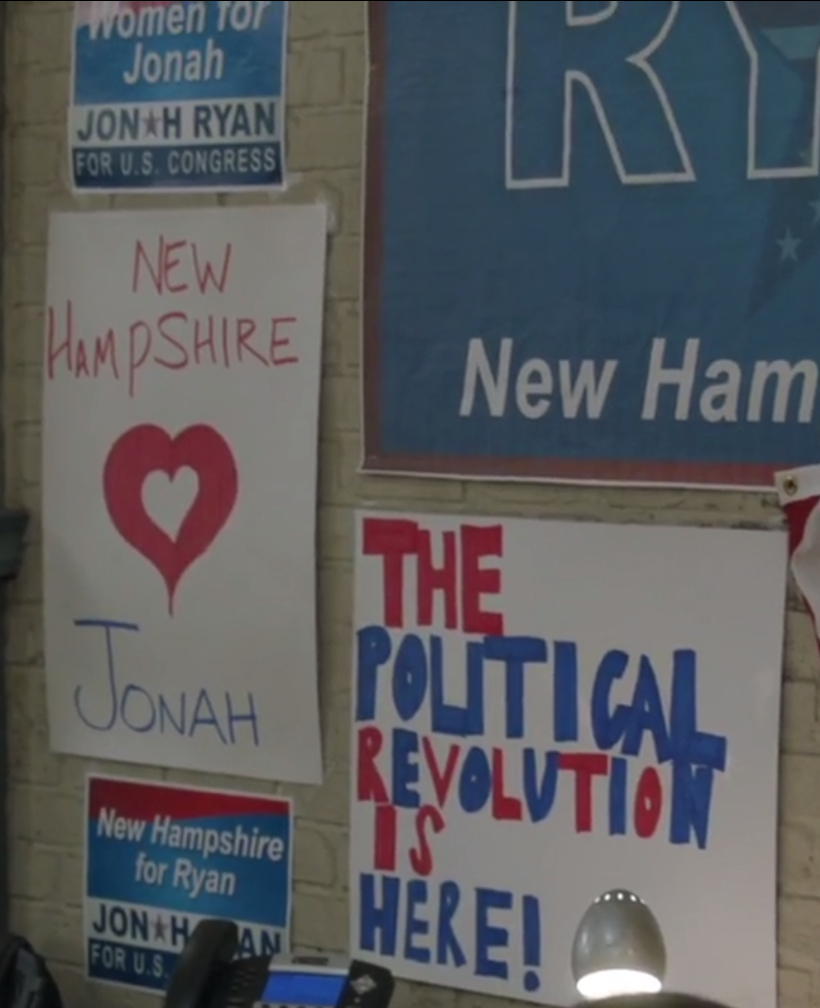 The Emmys can be, for lack of a better word, boring. Television is in a "Golden Age," or so everyone says, but its Academy has a tendency to reward the same shows every year. This phenomenon doesn’t only happen at the top of the ticket, either. Game of Thrones has been as much of a mainstay in tech categories as Modern Family was in Best Comedy Series.
The Emmys can be, for lack of a better word, boring. Television is in a "Golden Age," or so everyone says, but its Academy has a tendency to reward the same shows every year. This phenomenon doesn’t only happen at the top of the ticket, either. Game of Thrones has been as much of a mainstay in tech categories as Modern Family was in Best Comedy Series.
And so, rather than fully handicapping the five production design races, I’d like to share some more modest hopes for this year’s winners. Here are some selections from my favorite work in the category, regardless of the odds.
Outstanding Production Design for a Narrative Contemporary or Fantasy Program (One Hour or More)
This is the Game of Thrones category, and it’ll probably stay that way. That said, I find the work on Penny Dreadful a lot more intriguing, at least for this season.
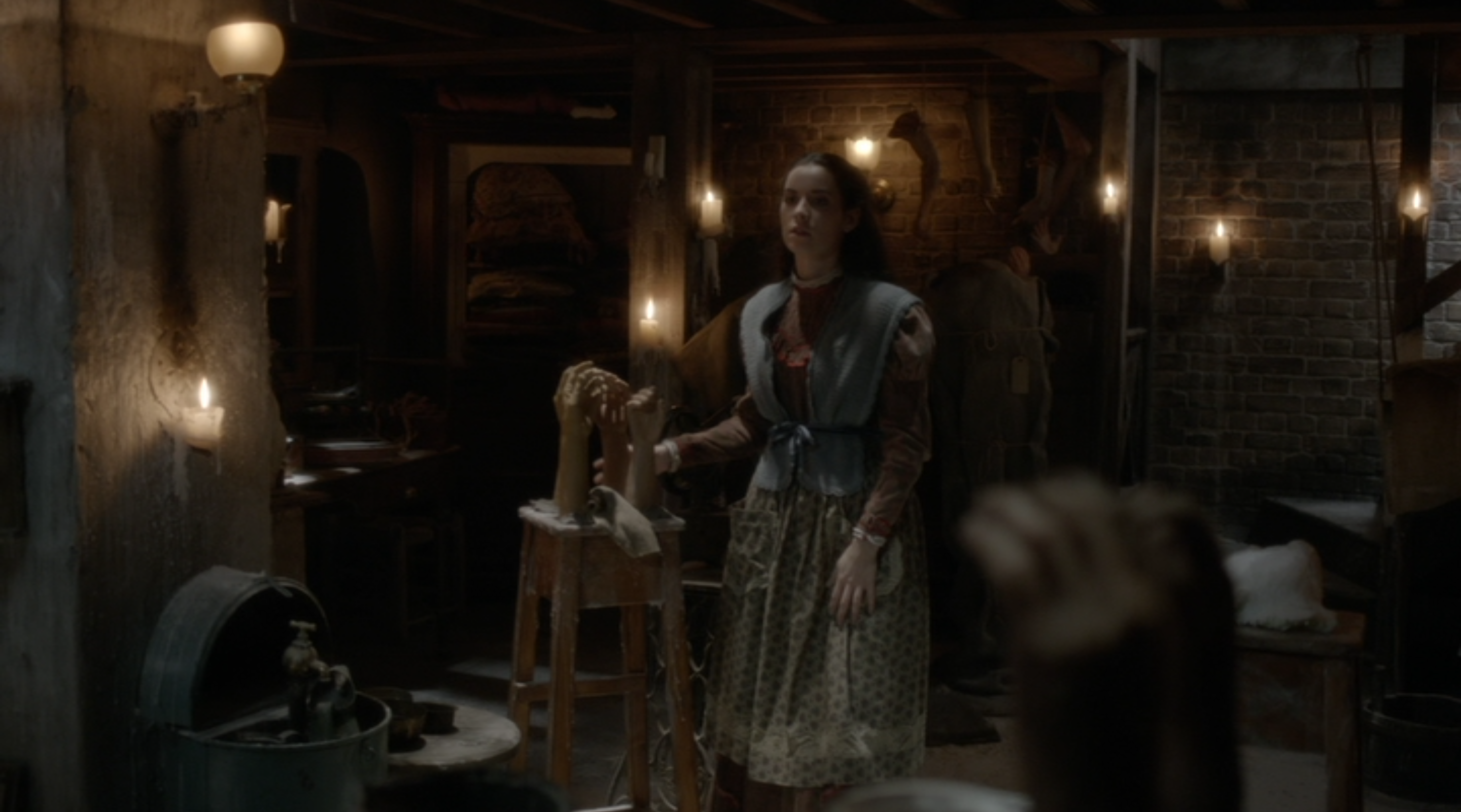
In just one episode, “Evil Spirits in Heavenly Places,” there are at least three sets worthy of recognition. The work so lavish that one wonders if it was canceled because it was too expensive...



